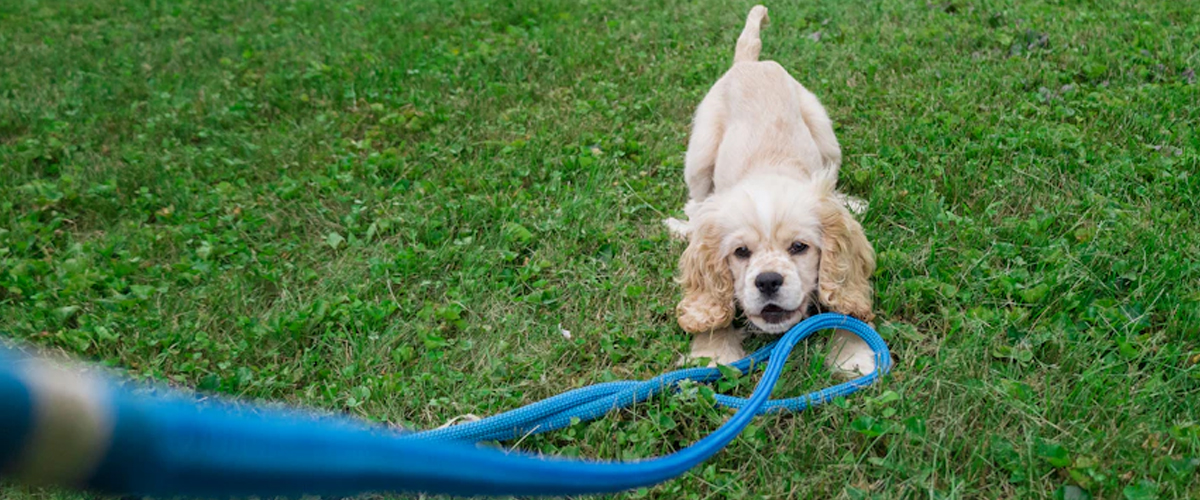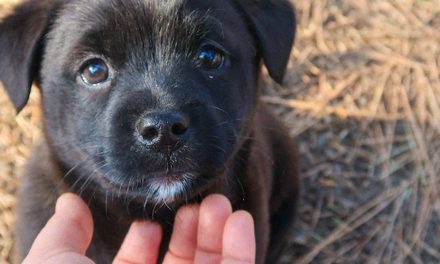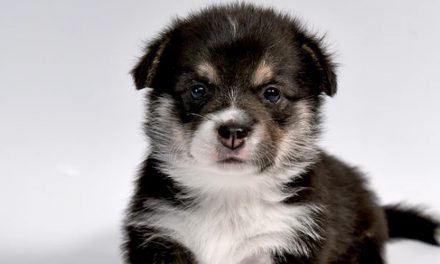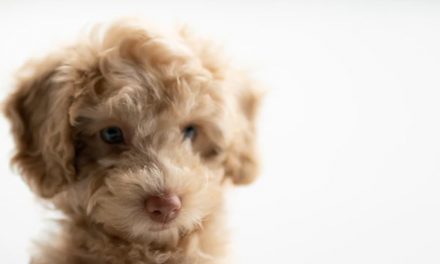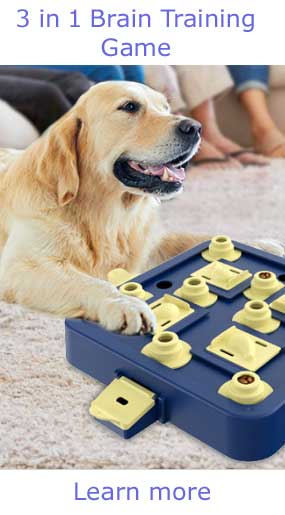Puppy play is a delightful experience that not only entertains but also plays a crucial role in the development of a dog’s social skills, confidence, and overall well-being.
Observing and understanding the behavioural cues during playtime can enrich the bond between you and your puppy, ensuring that play remains a positive experience.
Whether you’re a new puppy parent or a seasoned dog owner, recognizing these signals can enhance your interactions and provide insight into your pet’s emotions.
UNDERSTANDING PLAY BEHAVIOUR
At its core, play is an essential aspect of a puppy’s learning process.
It helps them develop vital skills such as bite inhibition, social interaction, and problem-solving.
However, not all play is the same.
Puppies express their enthusiasm for play in various ways, and being able to read their body language is paramount.
KEY BEHAVIORAL CUES TO OBSERVE
1. Play Bow:
One of the most unmistakable signals that a puppy wants to play is the “play bow.” This position involves the puppy dropping its front legs while keeping its rear end elevated.
It’s an invitation for fun and indicates that the puppy is in a relaxed and playful mood.
2. Barking:
While barking can sometimes indicate stress or anxiety, in the context of play, it often signifies excitement.
A playful bark is typically higher-pitched and more rhythmic.
Pay attention to the context—if your puppy is wagging its tail and showing relaxed body language, it’s likely a playful bark.
3. Tail Wagging:
A wagging tail is often a sign of happiness and excitement.
A relaxed, high wag indicates positive emotions, while a low, stiff tail may suggest tension.
During play, look for a loose, fast wag that reflects your puppy’s enthusiasm.
4. Chasing and Pouncing:
Engaging in a game of chase is a common playful behavior among puppies.
Pouncing or bouncing around indicates eagerness to interact.
It’s important to recognize that chasing can be a healthy way to exercise energy, as long as all playmates are comfortable with the activity.
5. Play Fighting:
Puppies often engage in mock battles, which help them learn self-control.
During play fighting, look for signs of restraint, like slowing down or taking turns.
If one puppy becomes too aggressive, the other may show calming signals, such as turning away or pausing.
This can be a cue for you to intervene if needed.
6. Calming Signals:
Sometimes, play can get a little too rough or overwhelming.
Puppies will often exhibit calming signals, such as yawning, licking their lips, or turning their heads away.
Recognizing these signs is crucial; it indicates that your puppy may need a break or to re-establish boundaries.
CREATING A POSITIVE PLAY ENVIRONMENT
To ensure that playtime is both fun and safe, create an environment that encourages positive interactions.
Socializing your puppy with other dogs and people in various settings will help them become more adaptable.
Always supervise playtime, especially with larger or more boisterous dogs, to prevent any accidental injuries.
Incorporate a variety of toys and games during play sessions.
Interactive toys can stimulate your puppy’s mind and allow for independent play when you’re not around.
Engaging in regular play will help reinforce the bond between you and your puppy, establishing trust and enhancing your communication skills.
CONCLUSION
The art of puppy play goes beyond mere fun; it is instrumental in teaching your dog social skills and instilling positive behavioral traits.
By observing and understanding the behavioral clues, you can ensure that playtime remains a joyous and enriching experience for both you and your furry friend.
Every tail wag, bark, and play bow offers a glimpse into your puppy’s feelings, making it essential for you as a responsible pet owner to tune in and respond appropriately.
Embrace the joy that comes from these interactions, and watch your bond with your puppy blossom into something truly special.

